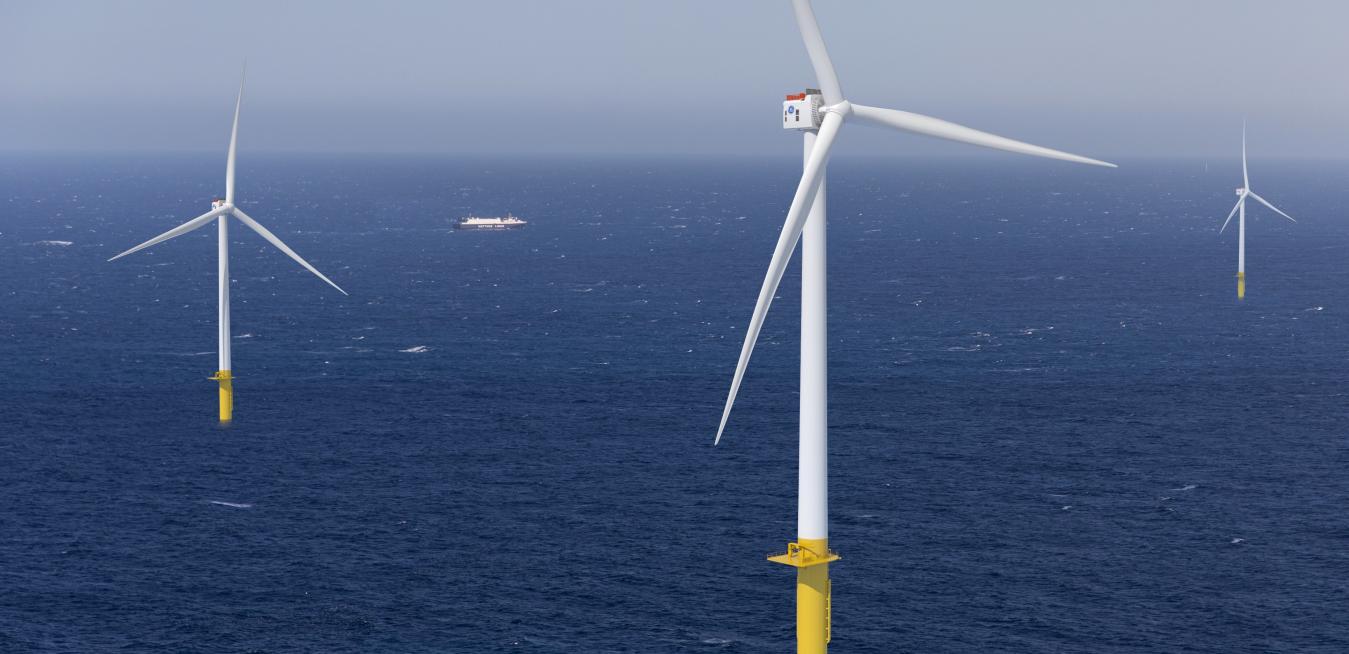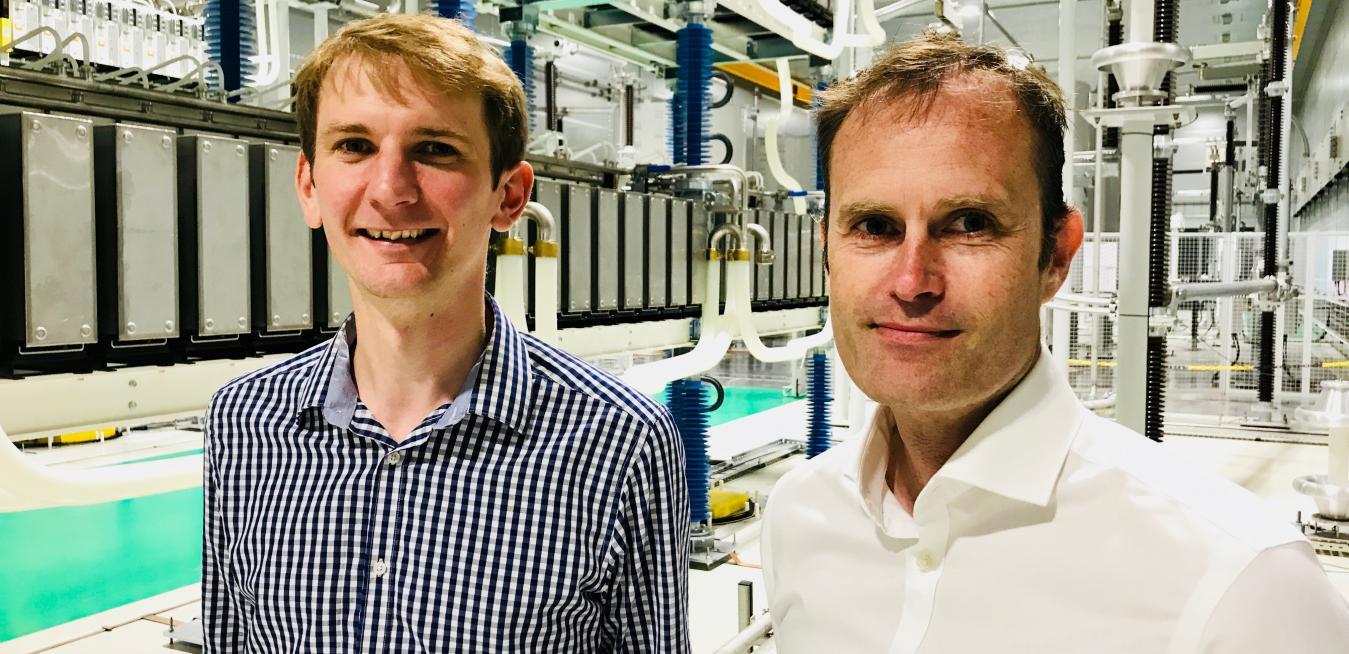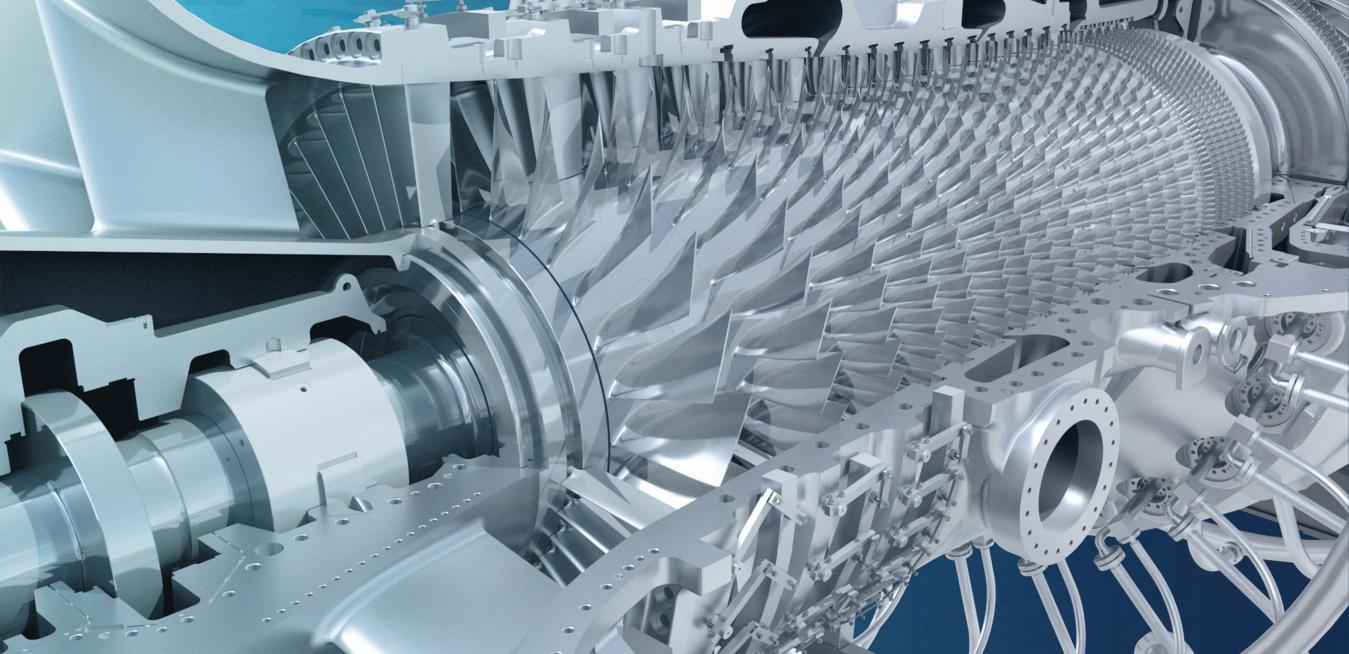- Net-Zero Teesside (NZT) Power is expected to be one of the first gas-fired power stations of its kind - fully integrated with carbon capture technology.
- Consortium and technology selection marks an important next step towards the proposed development of bp’s NZT Power project in the UK, aiming to capture up to 2 million tonnes of CO2 per year.
- Project is expected to provide flexible, dispatchable low-carbon power equivalent to the average electricity requirements of around 1.3 million UK homes, and to progress the deployment of carbon ca
For media inquiries, please contact:
Phil Lindsay
VP, Investor Relations
Technip Energies
+44 20 7585 5051
[email protected] Jason Hyonne
Press Relations & Social Media Manager
Technip Energies
+33 1 47 78 22 89
[email protected] Laura Aresi
Media Relations Leader, Gas Power
GE Vernova
[email protected] Antonia Walton
Balfour Beatty
+44 20 3810 2345
[email protected]
business unit
tags
- GE’s High Efficiency (HE) upgrade for GT26 gas turbine technology is scheduled to be installed at InterGen’s 800 Megawatts (MW) Coryton Power Plant in 2025
- The modernization is expected to enhance the performance of two GT26 gas turbines through advanced technologies from the combination of GE’s H-Class and F-Class fleets with additive manufactured parts and innovations in aerodynamics
- The HE upgrades aim to increase power capacity by up to 77 MW, improve efficiency and achieve fuel savings that can represent a reduction of up to approximatel
business unit
tags
- GE continues to collaborate with Uniper to lower the carbon footprint of its power generation operations in Europe
- GE’s hydrogen plant readiness assessment represents a significant step in Uniper’s Grain gas-fired power plant’s decarbonisation roadmap
- Project will explore solutions to enable operations using blends of natural gas and hydrogen, with hydrogen accounting for up to 40% by volume, targeting the decarbonisation of Grain’s 1,365 megawatts gas-fired power plant with GE technology in the next decade
business unit
tags
- Technip Energies and GE Gas Power will develop a front-end engineering design (FEED) study for a ‘first of a kind’ large amine-based post combustion carbon capture at scale solution to integrate with a proposed H-Class natural gas fired power plant at Teesside, England
- Following completion of the FEED study, bp will invite Technip Energies and GE Gas Power to bid for the EPC contract to construct the power station and carbon capture facility
- GE Gas Power will provide proven expertise in natural gas combined cycle plant engineering, operabili
business unit
tags
- GE and international energy company Uniper conducted implementation and testing of the first GT26 High Efficiency (HE) gas turbine upgrade at Uniper’s Enfield Power Station in London
- The results of the first implementation confirmed both efficiency and power output have exceeded expectations
- Enel Argentina SA’s subsidiary Central Dock Sud and Keppel Merlimau Cogen Pte Ltd (KMC) have ordered the GT26 HE upgrade to boost the performance of their plants in Argentina and Singapore
business unit
tags
- GE’s LM2500XPRESS power plant, built using GE’s proven LM2500 aeroderivative gas turbine technology, is 95% factory assembled into simplified modules for fast and easy site installation
- Available in both simple and combined cycle configurations, for 50 and 60 Hertz customers, LM2500XPRESS provides a “plug and play” modularity and reliable energy supply, ideal to bring stability to the grid, when needed
- RWE will implement 11 units of GE’s breakthrough LM2500XPRESS technology in Biblis to deliver 300 megawatts (MW) of reliable reserve
business unit
tags
Ever since Plato wrote about the lost island of Atlantis, scientists and enthusiasts of every ilk have been searching for it. One location that’s gathered a lot of attention is Dogger Bank, a vast shallow sandbank in the North Sea. Larger than Connecticut, the bank might once have formed a land bridge connecting the U.K. with continental Europe, but disappeared 7,000 years ago at the end of the last ice age, when melting glaciers caused seas to rise.
Sitting in the shadow of a 10th-century Saxon castle and surrounded by emerald fields flecked with herds of grazing sheep and cattle, the English Midlands town of Stafford feels far removed from the hustle and bustle of Manchester, a cradle of the Industrial Revolution just an hour to the north.
The growth of renewable power means that the owners of the world’s gas turbines have to accept some Darwinian logic: Adapt or die. The challenge is particularly acute in the U.K., where electricity production from wind, solar and hydropower installations is booming. The total installed capacity of the country’s renewables sector now exceeds that of fossil-fuel-fired generation, or power plants that burn coal, gas and oil.







